Star Wars Episode I: Battle for Naboo
N64 - LucasArts/Factor 5, 2000
Ok may as well do this last one so I don’t have to think about Factor 5 ever again. For a game with a TTG (Time-To-Gungan) of one second, and which is based on something nobody loves, this is actually an enjoyable N64 blast-a-thon.
So stop me if you’ve heard this one: Factor 5 create a brand new game engine for an identical game sequel, say the game would be impossible without it, then no one notices it has even changed.
No it’s not Rogue Squadron III: Rebel Strike, it’s Episode I: Battle for Naboo.
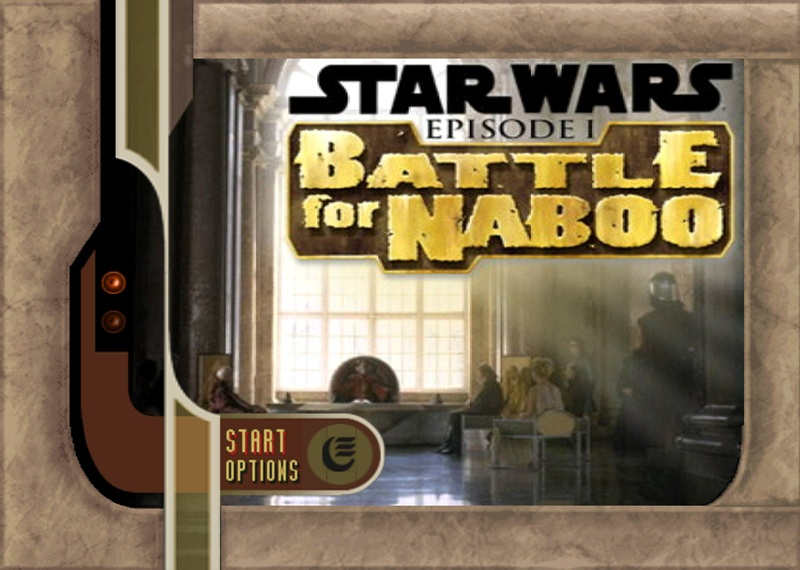
If you haven’t read the RS3 retrospective, it’s a story of Late-Stage Peter Molyneux: hyperbole, focus on flashy technology, lacking in gameplay. I have much less patience for this after reading through the historical mess that was the end of Factor 5, but after Rogue Squadron it was again LucasArts doing the level design work on this game, so maybe it will hold up better.
Never Get Involved In A Land War On Naboo
From the get-go it’s clearly a prequel reskin of the original, but with extra bits, namely land vehicles. My first feeling when stepping into a landspeeder (the first level) was this must be the same engine, because it's so ill suited to the close up small scale ground level missions. It’s like the first time you zoomed down to ground level in an early 3D RTS (or indeed when you fly down to ground level in RS1). Looks great from up high, fun to look at down low, but clearly not meant for it. It looks bad compared to other N64 third-person or vehicle games and obviously wasn’t built for small scale.
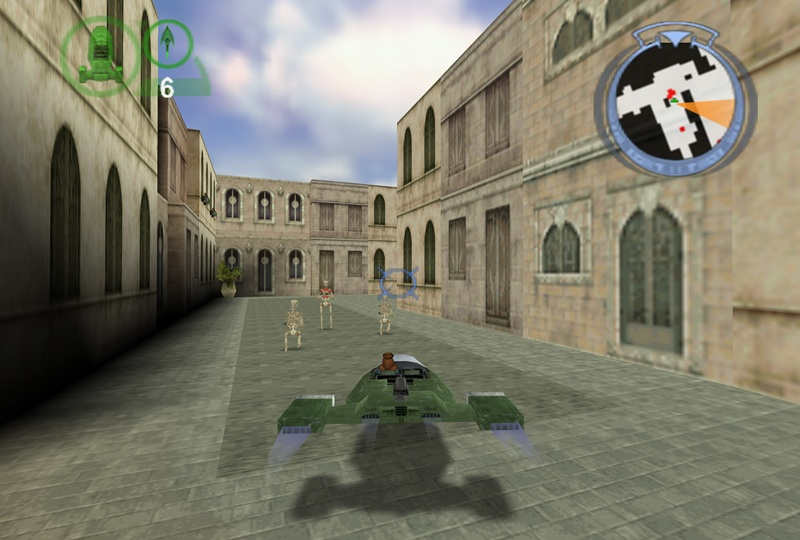
It also seems it wasn’t built for large scale either. Despite some large levels, you are quite often flying across featureless open areas to your next objective. They hyped up the longer draw distance than its predecessor (oh the simple things that pleased us back then), but things still pop in to view before the distance fog anyway. There are also some particle effects which are nice, but most people, and reviewers, didnt even notice. GameSpot said “the graphics in Battle for Naboo are exactly the same as those of Rogue Squadron”. So much for that engine rewrite.
The controls are also weird in these vehicle sections, which doesn’t help the poor handling. In open terrain it’s fine but in enclosed areas it’s very (ma) clunky. For some of these vehicle missions you're in an enclosed area fighting ground troops, but in others you're part of a bigger battle.
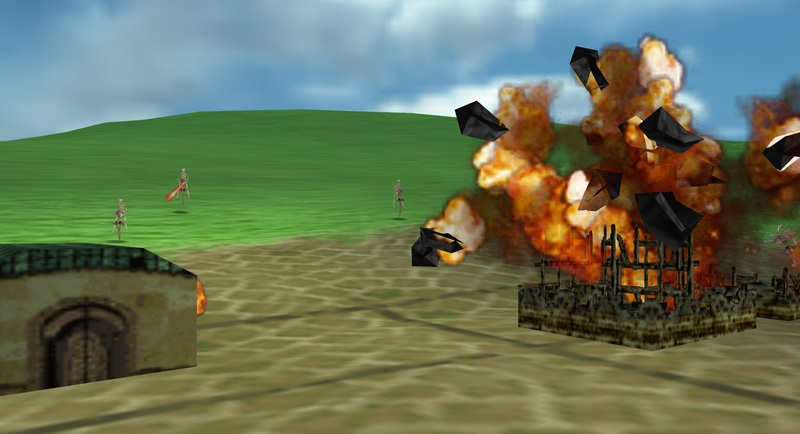
Whereas in RS1 you were shooting the tanks from the sky, it does feel exciting is being on the ground when there is fighting going on above you. It’s the new perspective on the same old battles. Or indeed the same exact battles, replaying them with a different vehicle.
This is the genesis of the vehicle swapping of later games, although of course done much better here. It’s exactly the promise the later games failed to fulfil. In RS2 or RS3 you drive over a huge glowing icon, or start a new level with a cutscene. Here you often have freedom of choice to use whichever sky or ground vehicle you want. Just pop in a hanger and pop out the other side in a new vehicle. And not just which ship type you want. You will play the missions differently if you choose a ground vehicle or pop off into the sky.
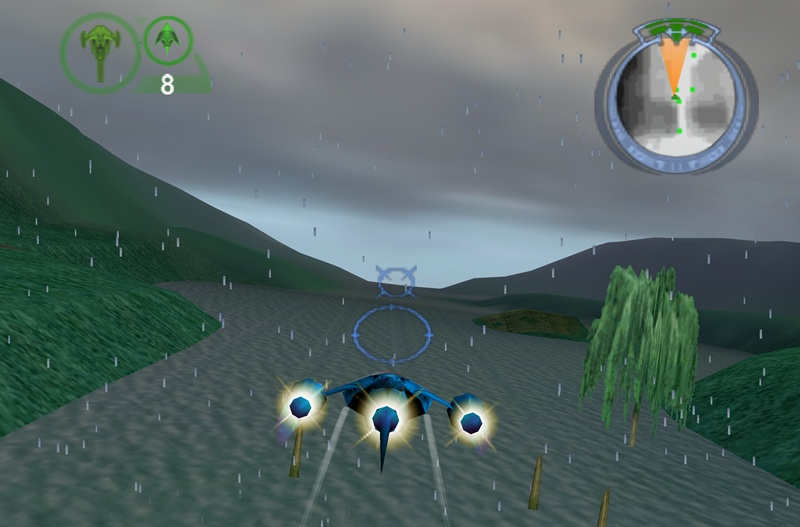
Red Tails / Yellow Tails
The sky battles are the same as RS1, and therefore great fun. I found the controls a little more frustrating, I seem to roll more and get stuck in a roll, having to let go of all the buttons to right myself, which I seldom had to do in RS1. It also seems much harder to hit and lead targets when you’re flying, just like in RS2.
Otherwise it’s more of the same in a good way, but wait, there’s even more of the same! Space battles are now back, first seen in Shadows of the Empire (LucasArts, 1997) but skipped over for RS1, take a more prominent role now. They are expanded from Shadows and are now like normal flying missions with multiple objectives more variation, and much larger levels. They’re mature and actually pretty good.
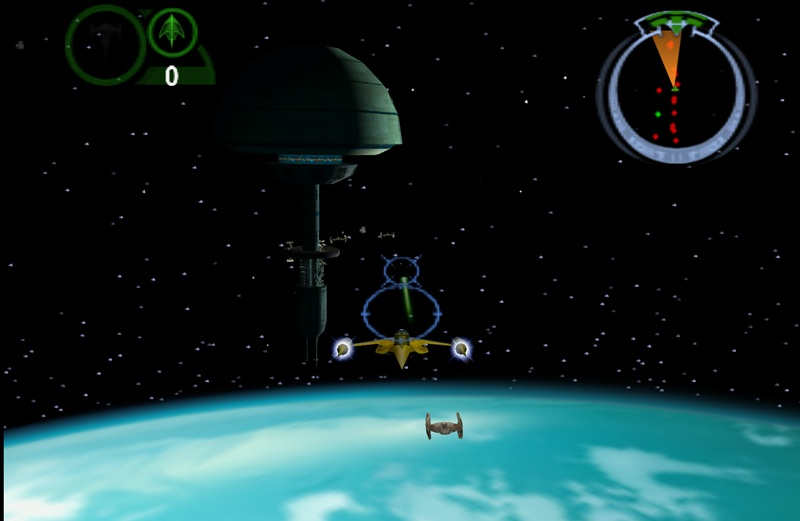
Hey, Naboo boy
You will routinely get nagged for not following orders, which feels restrictive, but you are generally not punished for exploring or taking your time. More LucasArts regulars are doing the voice work including Jeff Coopwood voice of Star Trek’s Borg and Terry McGovern, prolific voice actor and the voice of many stormtroopers in A New Hope (also accidentally invented the word ‘Wookie’).
Despite the talent, the dialogue doesn’t seem as good as RS1, but maybe that’s just because the story is less interesting. It explores the war that took place on Naboo while the movie characters were off doing something more interesting. These side stories are standard for Star Wars games now, but part of the fun of RS1 was the different planets and locations, so it’s a bit of a shame to limit ourselves to one planet.
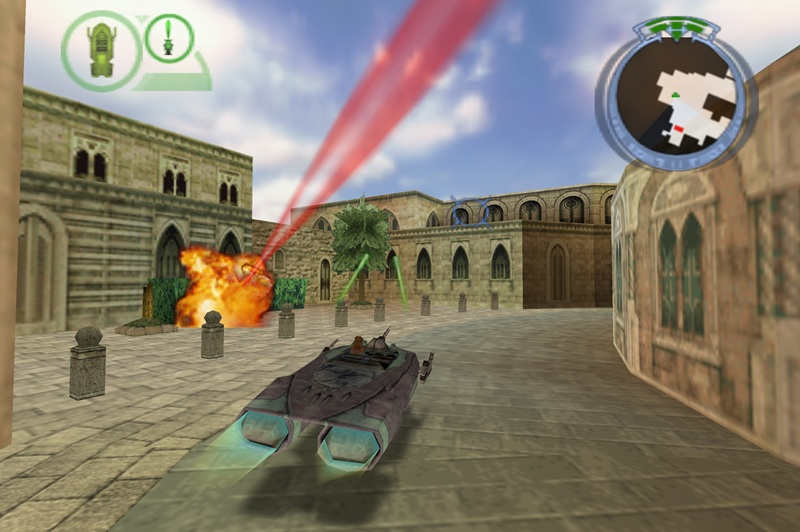
Story and game alike, you just have to get past the Episode I-ness of it all. It was never going to be able to compete with the original trilogy material, and the space battles in Episode I were mostly just a small child spinning and accidentally killing robots so there’s nothing much to hang on to. Take Episode I: Racer (Lucasarts, 2000) which did much better than this game. It was a much easier sell, based on an iconic scene with characters that people remembered.
You don't care about the characters either. Even if you don't know who Wedge Antilles is, you know he’s Luke Skywalker’s friend and an ace pilot. In this game you play Some Guy who was a background character in a couple of scenes of the movie. Again classic Star Wars behaviour to expand this bit-part into something larger, but really he is just a policeman who seems to be some sort of asshole.

Development
The lead designer on LucasArts side was Brett Tosti, who would later go on to Telltale and make a lot of great adventure games. On the Factor 5 side, they developed Battle for Naboo in parallel with the N64 port of Indiana Jones and the Infernal Machine (LucasArts/Factor 5, 1999), which F5 Director Julian Eggebrecht says nearly stretched them to breaking point. As usual, F5 did some advanced technical work to include the features they wanted such as particle effects, used for snow and rain. Many years later, emulator developers would call some of these systems “a masterpiece” when trying to reverse engineer them.
It was also probably the first game to ever include developer commentary while you play the levels, later included in the Rogue Squadron games and also big names such as Half-Life 2 (Valve, 2004) It’s great for games archaeology, although in this case they’re mostly discussing the levels rather than the dev process, there are still some interesting tidbits. I love it, I wish more games had it, and it’s made even more impressive by managing to fit it all on to an N64 cartridge.
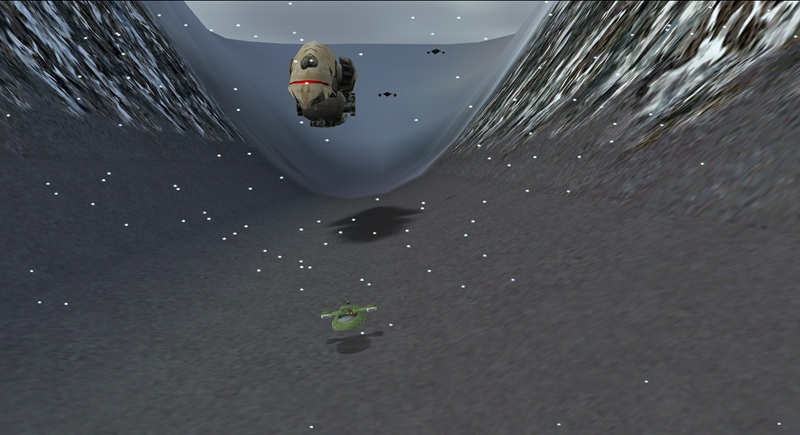
Reception
IGN described it as a bit one-note, with most levels taking place on grassy Naboo for the middle act of the game, RS1 was much more varied. Here the variation comes from the missions rather than the landscapes. IGN didn’t like the space battles as much and wanted a 3D radar, but you can get along fine without as the horizontal plane you have to fly in is quite small. Plus, space is a welcome change in scenery after all the grassland. Most reviews also complained about how short the game is, and compared it unfavourably with RS1 in general.
We were towards the end of the N64’s lifecycle now and the Playstation 2 was already out. Like Shadows, and less so RS1, the PC port got much worse reviews than the N64 version, reflecting the power and maturity of the PC and console markets at the time.
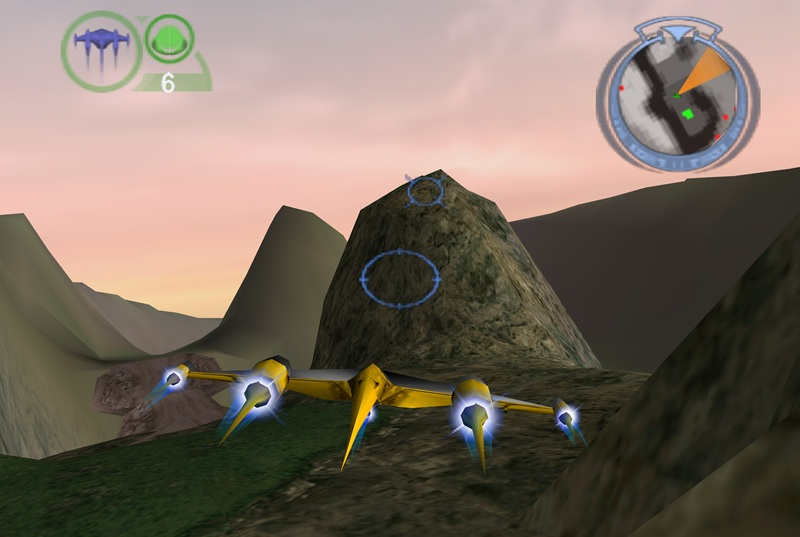
I don’t think I’ll return often to this as I have done RS1 over the years, but it’s a solid but unremarkable sequel and I’m sure it served as more inspiration for Factor 5 in how to handle further sequels. But the subsequent design and decisions seem to be blindly copied rather than highly considered. Should you implement third-person or land vehicles, or vehicle swapping? If yes, can you implement it in a fun way that makes sense or improves upon the experience? These questions were never asked after Battle for Naboo.
Battle for Naboo is still very charming despite its flaws. The little pilots in the vehicles are made up of two intersecting sprites (‘cross-plane billboarding’), which I probably would have mocked at the time but is now very cute. If you squint your brain, it’s an underdog story about people trying to save their planet, like many of the smaller Star Wars stories that exist now in the Disney era. The feeling I mentioned before of zooming to ground level in an RTS game is very nostalgic.
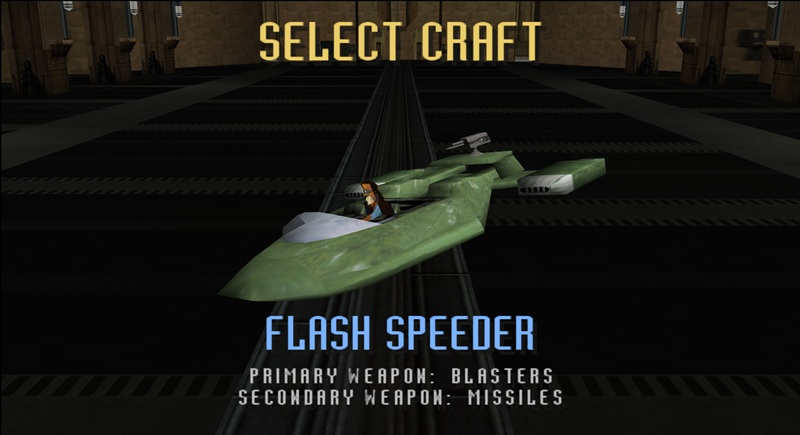
I have some guilt for partaking in the prequel pile-on, as did everyone else. In retrospect we can see what George Lucas was trying to do, and perhaps appreciate it too now that we are a bit older (and now that Western society seems to be careening towards a Sith Empire). For me, Battle for Naboo can be filed alongside much of the prequel-era material as nostalgic and wistful fun, though no stone-cold classic.
